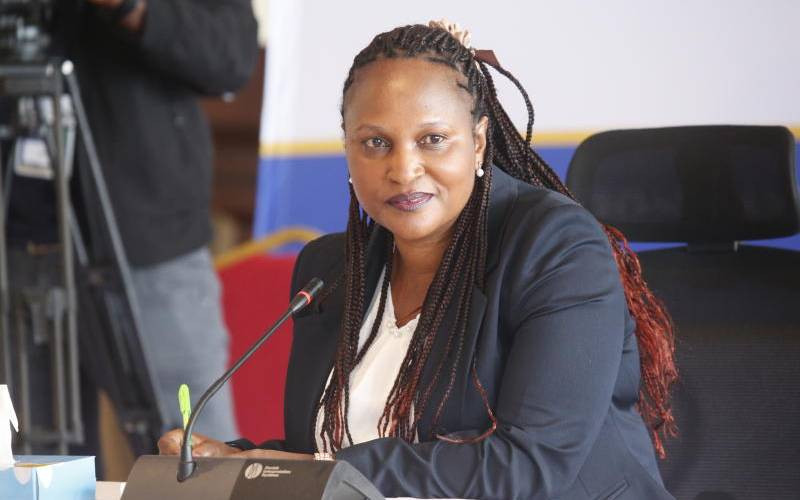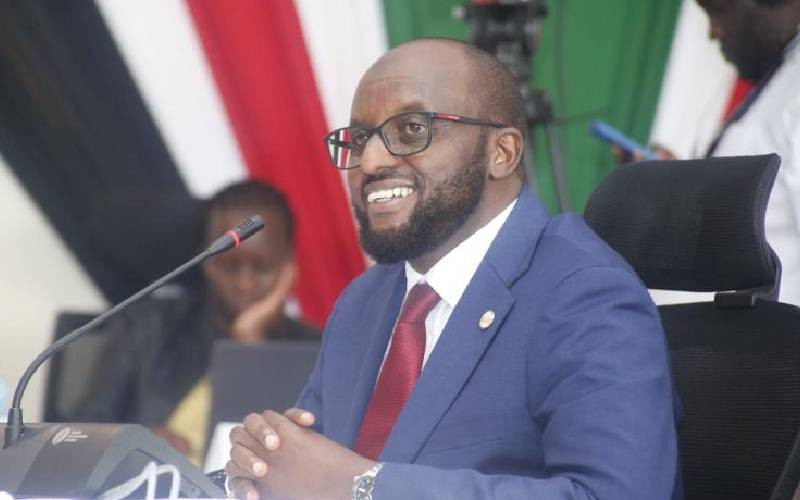In the last week or so, there has been raging public debate on the fairness of the method used to select Form One students to public schools.
The debate is centred on perceptions of discrimination against well-performing pupils from private schools within the context of an affirmative action introduced to ensure that all primary school candidates — irrespective of background — get a fair chance of getting into a national secondary school.
This debate is healthy. And as it evolves, it is emerging that a growing number of parents with children in private schools have misgivings about the selection model enforced by the ministry of Education.
They remonstrate that even though their children in private primary schools have scored high marks in the Kenya Certificate of Primary Education (KCPE) examination, they get selected to low-level and poorly equipped schools, while pupils from public schools with lower marks are selected to better resourced national secondary schools. The only "crime" their children have committed is being an examination candidate in a private primary school.
The argument from the ministry of Education is that a quota system that favours public primary schools has helped to open the door to relatively low performers to gain access to elite schools. The ministry has argued that pupils from public primary schools cannot compete fairly with those from private academies which it argues are equipped with excellent facilities and teachers. However, the Kenya Private Schools Association has questioned this parameter and says many private schools are not as well equipped as some public primary schools which have more facilities and teachers. They complain that while the quota system is designed to create equity through affirmative action, candidates from private primary schools are now facing discrimination on account of the category of school they attended.
Statistics from the ministry of Education indicate that most of those selected to take up the 20,291 places in national secondary schools were from public primary schools.
Our analysis of the 2015 Form One selection intake indicates that private schools could have been allocated fewer slots than in previous years. Our findings indicate that only 22.5 per cent of total slots in national secondary schools will be filled by pupils from private primary schools—a 0.5 per drop from the previous year.
Education Cabinet Secretary Jacob Kaimenyi says that overall, all the 104 national schools will take in 20,291 Form One students. Another 44,078 students will join Form One in county schools.
At their work stations, policy makers will use these numbers as statistics to help them in formulating the next steps and making the next decision. However, to parents, they represent real children who have worked hard to pass the KCPE exams hoping to join national secondary schools.
Therefore, these parents have demanded that their children be looked at – not as private candidates – but as citizens who have struggled to be a cut above the rest.
These parents make a strong case when they say the yardstick to create equity through affirmative action should be poverty, not the category of school one has attended. We agree that by making a generalised assumption that all private schools are better resourced, and public schools are poorly resourced, the ministry may be creating a new disparity that takes away from efforts to boost the quality of education in the country.
The ministry has argued that the quota system is derived from the Constitution. They say it is designed to introduce equity and fairness to counter historical injustices that accrued from skewed development policies and objectives. These misguided polices ensured that certain regions, classes of people and communities remain marginalised at the expense of other groups that were better equipped to advance on account of quality education.
We concede that although affirmative action to some extent contributes to creating equity, there are other factors that accelerate socio-economic disparities. Therefore, a rethink of the Form One selection criteria would be in order.
 The Standard Group Plc is a
multi-media organization with investments in media platforms spanning newspaper
print operations, television, radio broadcasting, digital and online services. The
Standard Group is recognized as a leading multi-media house in Kenya with a key
influence in matters of national and international interest.
The Standard Group Plc is a
multi-media organization with investments in media platforms spanning newspaper
print operations, television, radio broadcasting, digital and online services. The
Standard Group is recognized as a leading multi-media house in Kenya with a key
influence in matters of national and international interest.
 The Standard Group Plc is a
multi-media organization with investments in media platforms spanning newspaper
print operations, television, radio broadcasting, digital and online services. The
Standard Group is recognized as a leading multi-media house in Kenya with a key
influence in matters of national and international interest.
The Standard Group Plc is a
multi-media organization with investments in media platforms spanning newspaper
print operations, television, radio broadcasting, digital and online services. The
Standard Group is recognized as a leading multi-media house in Kenya with a key
influence in matters of national and international interest.





